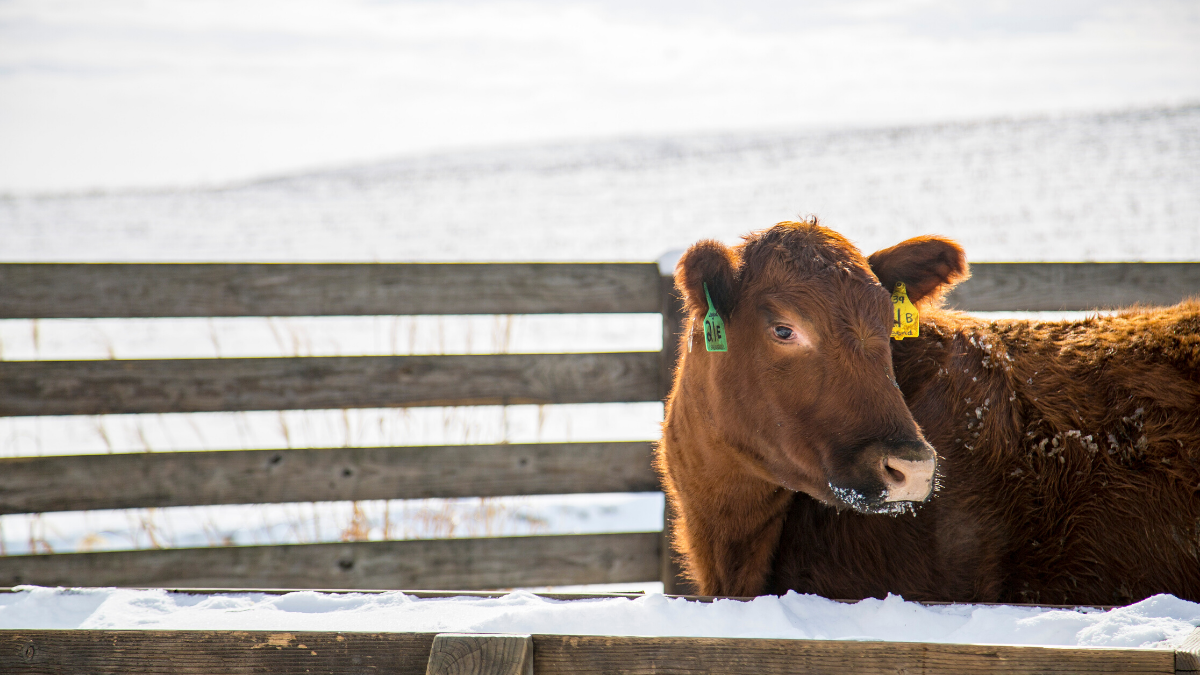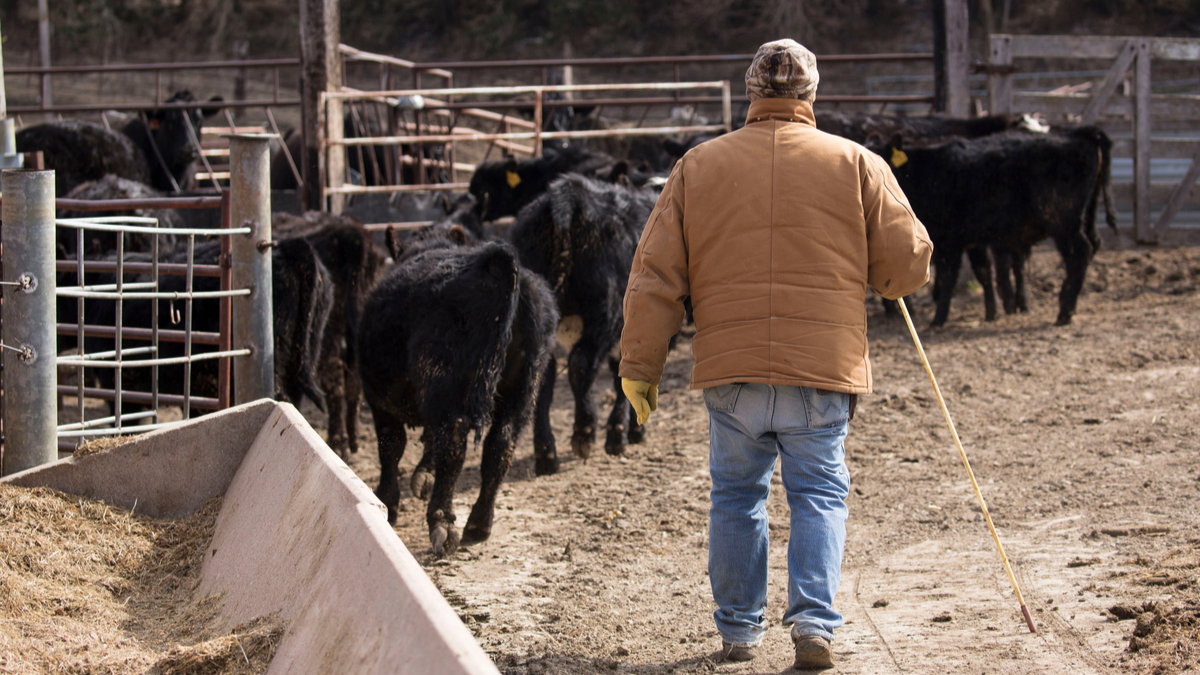The pathway to antibiotic-free pig production
Antibiotic-free is a hot topic these days, as both producers and consumers become more concerned about the effects of antibiotics on animal well-being and the meat they produce. The poultry industry has taken the lead in terms of a more aggressive approach to reduce or eliminate antibiotic use and the pork industry is moving in a similar direction.
Many areas around the world, including the European Union and the United States, have legislated the judicious use of antibiotics, while some consumers have pushed even further for “no antibiotics ever.” While some of these consumer demands may stem from misinformation, major change is at hand for traditional production. The pork industry has been diligently working towards reducing antibiotic use, while also keeping in mind the health and welfare of the animal and the end consumer.
It is highly likely that consumers will soon turn their eyes to pig production with the same scrutiny and expectations they applied to the poultry industry. The process of going antibiotic-free can be arduous, but as some producers have been able to demonstrate, can also be done successfully without sacrificing animal health and wellness.
Antibiotic resistance
An increasing number of reports on antibiotic-resistant bacteria have raised concerns about the current use of antibiotics, both as a treatment for humans and to combat disease in animals.
“Microbial resistance in pig production is usually a consequence of decades of antibiotic use for disease prophylaxis or growth promotion,” explained Dr. Anna Catharina Berge, owner of Berge Veterinary Consulting BVBA and academic advisor to Ghent University’s veterinary epidemiology unit, on the AgFuture podcast in 2018.
“The antibiotics administered are not completely absorbed by the animals. If you’re giving an antibiotic to an animal, 30–90% of those antibiotics are actually excreted through the urine or feces.”
Antibiotic growth promoters have been banned from animal feed in the EU since 2006. Until then, they had been routinely added to pig diets to promote digestive health and growth. However, many countries all over the world are now following the European example. In 2017, the Veterinary Feed Directive (VFD) went into effect in the United States, limiting the use of antibiotics in animal production.
“Though it comes with its challenges, the VFD has created a great opportunity for the industry to review what they are doing in terms of feeding their animals,” says Lori Stevermer, marketing manager for Hubbard Feeds.
“Often, antibiotics were fed because that’s what was done in the past. Now, we need to work more closely with our veterinarians to determine what is best for our animals, and our future.”
Reducing antibiotic use is a gradual process and requires a step-by-step approach. In an Alltech webinar held in conjunction with Pig Progress, Dr. Berge discussed antimicrobial resistance and the future of antibiotics in pig production, saying “the use of antimicrobials to prevent disease or treat a sick production system is not a sustainable practice.” Dr. Berge further suggest the three management tips below to combat disease and control antibiotic use:
- Implement a sound biosecurity plan
- Provide nutritional solutions that support pig growth and health
- Work with your veterinarian to get treatment recommendations
Pork marketability
Pork is one of the most widely consumed meats in the world. The 2020 Alltech Global Feed Survey highlighted the following statistics regarding the pork industry:
- Pigs accounted for 24% of overall global feed production in 2019.
- International feed tonnage decreased by 1.07% to 1.126 billion metric tons of feed produced — as a result of African swine fever (ASF) causing a decline of pig feed production in the Asia-Pacific region.
- In the U.S. alone, pigs accounted for 44.86 million metric tons of the country’s estimated 214 million metric tons of feed.
The debilitating effects of ASF also come with opportunities for countries that can step in to supply the demand for pork in ASF-hit countries. Speaking at the launch of the 2020 Alltech Global Feed Survey, Bianca Martins, general manager of Alltech Mexico, said that this is already happening in Latin America. She explained that countries like Colombia, who have not had major pork export opportunities, are now developing trade with China. Note that since 2012, China has banned the use of ractopamine, an FDA-approved feed supplement that promotes lean meat growth. In 2013, Smithfield started phasing out ractopamine and other large companies, such as JBS and Tyson have since followed suit, further maximizing their export opportunities.
Suppliers such as Hatfield Quality Meats and Niman Ranch provide antibiotic-free pork according to strict standards. In recent years, other industry-leading companies introduced antibiotic-free lines of fresh pork products, such as the Open Prairie Natural Pork line by Tyson and Pure Farms brand by Smithfield, both of which designate their pork products to be minimally processed with no antibiotics, steroids, hormones or artificial ingredients.
While it is important to acknowledge that U.S. federal regulations prohibit the use of added hormones in pork production, these moves by large companies signal a growing trend in the pork industry.
Changes in the way that we manage health in the livestock sector are not unique to the United States. Antibiotic-free pork production is flourishing in other countries, such as Denmark. In 1995, a program known as DANMAP was established by the Danish Ministry of Food, Agriculture and Fisheries and the Danish Ministry of Health for “surveillance of antimicrobial consumption and resistance in bacteria from animals, food and humans.” For more than 15 years, Danish farmers have only relied on antibiotics to treat illness in their herds. The program they follow allows for this therapeutic use and, when combined with other management techniques, such as delayed weaning, it has shown to be just as effective as traditional production. What can we learn from the Danish approach and can we apply it across different global markets in the swine industry?
Antibiotic-free pig challenges
According to Albert Finestra, a veterinarian and professor at the University of Lleida, who spoke at the Alltech ONE Conference in 2019, the challenges your herd will experience when you establish antibiotic-free pig production include these five issues:
- Diarrhea
- Infection
- Decrease in production weight
- Reduced water intake and feed consumption
- Susceptibility to stress
These challenges increase production costs and, together with the threat of mortality, are issues that producers do not take lightly. It is these types of health and welfare challenges that producers take into consideration before implementing a complete antibiotic-free production, which is why a step-down process has been successful with many producers.
Transitioning your herd away from traditional use of antibiotics requires strategic planning and the implementation of counteractive measures to minimize the effect it could have on animal welfare and your operation’s bottom line. During the transition, new costs are likely to occur as opportunities are captured and higher revenue is generated due to the increased sale value for antibiotic-free products.
A step-down approach: how to reduce antibiotic use
While seemingly demanding, there are some ways the issues of going antibiotic-free, or even reducing the use of antibiotics, can be addressed. There is evidence that pigs might not only be less susceptible to infectious risks but may, in fact, thrive when certain natural feeding supplements are added to the diet. Two key areas to focus on are biosecurity and nutrition.
Effective biosecurity can not only help producers manage disease challenges, but also prevent the increased risks of many of the issues listed above. Required measures may include changes to:
- Animal flow
- Increased focus on housing and transportation cleanliness
- Implementing heightened security on those entering the facilities, whether that be a worker from another farm or a small rodent visitor
We must keep in mind that a healthy gut is the key to a healthy pig, and major emphasis is placed on optimizing the gut health and welfare of your herd through a sound nutrition program. A healthy gut is not only a gut without disease; it is an effective digestive organ that can mount a good defense against disease and easily cope with change. The presence of infectious organisms in the gut is not enough to cause disease; disease occurs when the pathogen breaks down the gut’s defenses. As gut commensal microflora are disrupted, dysbiosis occurs between the beneficial microbiota and the potential disease-causing organisms, and it becomes easier for pathogens to damage the gut structure and function. Prebiotics, probiotics and post-biotics can assist the gut in adapting and minimizing dysbiosis.
The establishment and maintenance of good gut function are vitally important for reducing piglet morbidity and mortality. Piglet nutrition is a critical component in the establishment of normal gut function, from digestion and absorption to barrier function and the development of the immune system. It is important to ensure good colostrum and milk production in sows to help further develop the piglet’s immune system.
Weaning disorders are some of the most common — and damaging — problems in pig production, resulting in antibiotics being used post-weaning to protect the stressed gastrointestinal (GI) tract and immune systems of the piglets. In a healthy production system, it is essential to help prepare the piglet for weaning as early as possible after birth. At the time of weaning, it is important to minimize six stressors such as:
- Transport
- Comingling of litters
- Large weaner groups
- Diet
- Poor air quality
- Unhygienic conditions
Use of nutritional technologies such as Viligen ®, help piglets get started on feed, easing post-weaning transition.
Solutions such as the Alltech® Antibiotic Reduction program aim to help producers foster consistently healthy pigs and make prophylactic and metaphylaxic antibiotic use redundant. This program assists the producer in developing an action plan that is tailored to their production system. Feed additives and nutritional solutions are valuable tools for maintaining gut health in pig production, but these supplements alone are not sufficient to create a healthy production system. Often, there are more complex steps that must be taken beyond simply feeding additives, including updating management routines and resource allocation and needs. Audits to establish the baseline current situation — and recurrent audits to monitor progress — are important in order to stay motivated and continue a steady rate of progress.
In addition to gut health and nutritional components, the Alltech Antibiotic Reduction program audits include evaluations of:
- Performance
- Pig welfare
- Pig respiratory and systemic health
- Reproductive performance
- Management
- Housing
- Antimicrobial use
- Biosecurity
- Cost-effectiveness of production
Through the Alltech Antibiotic Reduction program, producers can achieve increased productivity and reduce antibiotic usage in pigs — with the added benefit of the rewarding sense that they are part of the global action plan to use our valuable antibiotics responsibly in order to ensure their viability for future generations.
Pathway to antibiotic-free
Some producers are ahead of the trend and have been practicing antibiotic-free production for many years.
“When we accepted the challenge to go antibiotic-free from birth to market a few years ago, it proved to be a real challenge,” said Everett Forkner of Forkner Family Farms in Richards, Missouri. “But with the addition of nutritional innovations, we have not only been able to meet the challenge, we are producing more efficiently than when we began.”
Each farm is different, requiring each nutritional program to be tailored to meet the needs of that production’s animals and their environment for a truly effective antibiotic-free approach.
When asked about the key steps to take when making this transition, Forkner said, “Establishing the right nutritional platform takes time. You have to allow some time for adjustments in order to really see what is best for the animals. And for us as a livestock breeder, it has also been about selecting superior animals and genetic lines that have more natural health and stronger immune systems.
“On top of this, a major component for us has been building this into a comprehensive immunization program while enhancing our management procedures,” Forkner continued. “This combination has been what has helped us go multiple years and generations of genetic selection with no antibiotic support.”
To be truly effective, achieving antibiotic-free production cannot be done by taking a silver-bullet approach. When antibiotics are reduced or removed, the front line of defense may be nutrition, but that is just the start. A combination of strategies must be put into effect. By powering nutrition with technologies designed to support the animals’ immune and digestive systems, and by implementing a full program focused on maintaining proper health, producers give their operations the best chance for a sustainable and profitable future.
For information about how Alltech can support your swine operation in reducing the use of antibiotics or transitioning to antibiotic-free production, visit https://www.alltech.com/gut-health or contact pig@alltech.com today.
I want to learn more about nutrition for my pig herd.
- Read more about The pathway to antibiotic-free pig production
- Log in to post comments

<!--[if lte IE 8]>
<script charset="utf-8" type="text/javascript" src="//js.hsforms.net/forms/v2-legacy.js"></script>
<![endif]-->
<script charset="utf-8" type="text/javascript" src="//js.hsforms.net/forms/v2.js"></script>
<script>
hbspt.forms.create({
portalId: '745395',
formId: '60231863-171f-40d3-8aab-9c79cd363ae2'
});
</script>
Today’s producer has the difficult proposition of producing more with less to meet the demands of a growing global population. How then can they reach that goal without the enhanced production available through antibiotic use?



























